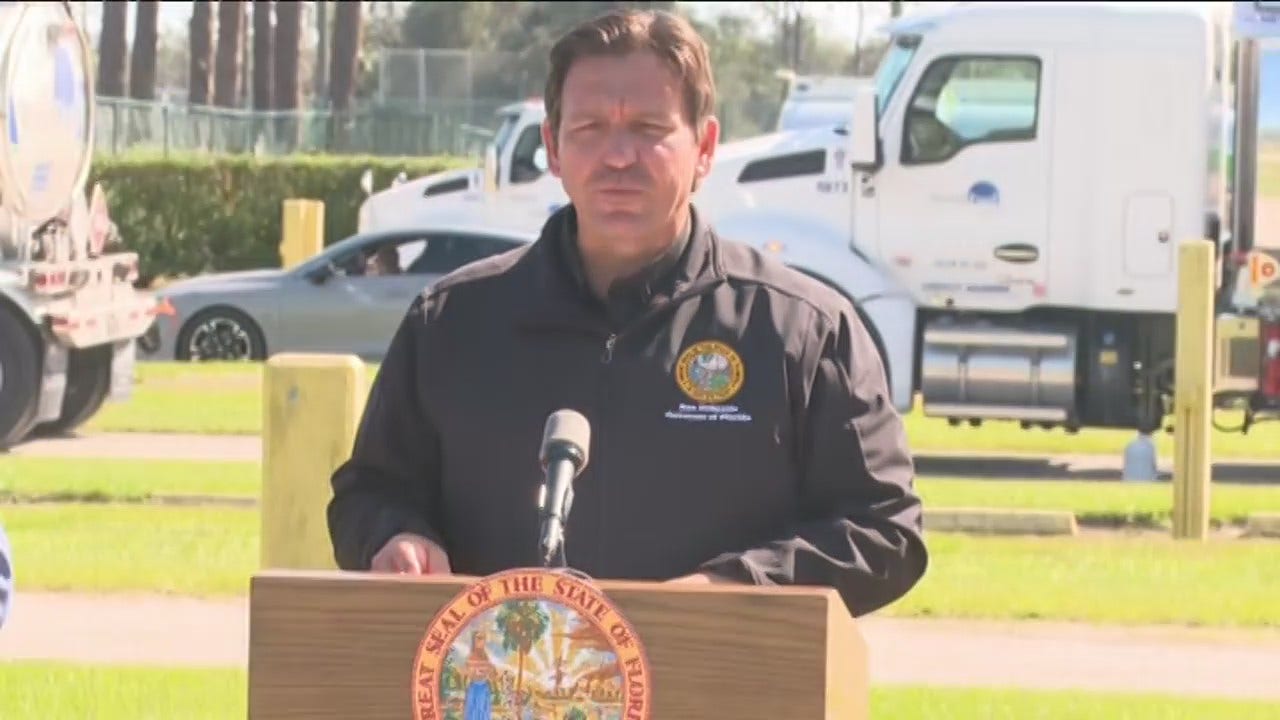King Charles of Britain has been recently found to have cancer while receiving treatment for an enlarged prostate, which is also known as benign prostatic hyperplasia. Although the specific type and stage of cancer are not disclosed, this has led to an increase in interest and curiosity about prostate issues among the public after the announcement by Buckingham Palace. (Also read: King Charles’s diagnosis shines spotlight on common cancers in men; all you want to know)  Britain’s King Charles has been recently diagnosed with cancer while undergoing treatment for an enlarged prostate or benign prostatic hyperplasia.(REUTERS) Enlarged prostate, also known as benign prostatic hyperplasia, is a common condition in men over the age of 50, and it is not cancerous. The prostate is a part of the male reproductive system. The symptoms of an enlarged prostate include frequent urination, difficulties in urination, and inability to completely empty the bladder. What is Benign Prostatic Hyperplasia?This refers to the enlargement of the prostate gland, which is a small gland located beneath the bladder and surrounds the urethra. This enlargement occurs due to an increase in the number of cells within the prostate gland, leading to its expansion. “Benign Prostatic Hyperplasia (BPH) is a common condition among older men, characterized by the non-cancerous enlargement of the prostate gland. The prostate, a walnut-sized gland surrounding the urethra, plays a role in male reproductive function by producing seminal fluid. As men age, hormonal changes can lead to an overgrowth of prostate cells, causing the gland to enlarge,” says Dr. Ashutosh Baghel, Consultant Urologist & Renal Transplant Surgeon, Wockhardt Hospitals, Mira Road. “The prostate gland typically begins to enlarge in middle-aged men and continues to grow with age. As it enlarges, it can squeeze the urethra and obstruct the flow of urine, leading to various urinary problems,” says Dr. Manav Suryavanshi, Head, Department of Urology, Clinical Lead – Uro-Oncology & Robotic Surgery, Amrita Hospital, Faridabad. Symptoms such as frequent urination, urgency, weak urine stream, difficulty starting or stopping urination, and a feeling of incomplete bladder emptying can significantly impact quality of life. Symptoms of enlarged prostateDr. Suryavanshi explains the common signs and symptoms of an enlarged prostate, which may include frequent urination, nocturia and difficulty initiating the urinary stream. Frequent urination: Men with BPH often experience the need to urinate more frequently Urgency: There may be a sudden and urgent need to urinate, sometimes making it difficult to hold urine. Nocturia: The frequency of urinating at night increases to affect the quality of life or sleep. Poor urinary stream: The flow of urine may be weak or interrupted. Intermittency: The urinary stream starts and stops and loses its smooth flow. Straining: Some men may have trouble initiating the urinary stream. Sense of incomplete evacuation: Men may feel like they haven’t completely emptied their bladder after urination and wish to pass urine within 1 to 2 hours Urinary retention: In severe cases, BPH can cause urinary retention, where the bladder doesn’t empty completely. Lifestyle changes to manage enlarged prostate”Lifestyle changes such as limiting caffeine and alcohol intake, regular exercise, and maintaining a healthy diet can help alleviate symptoms. In more severe cases or if symptoms do not respond to medications, surgical procedures like transurethral resection of the prostate (TURP) or laser therapy may be recommended to reduce prostate size. Regular monitoring and adjustments to the management plan may be necessary to ensure optimal results. It’s important to seek medical advice for an accurate diagnosis and appropriate management,” says Dr. Baghel. Dr. Vimal Patel, Consultant, Urology- Jaslok Hospital & Research Centre, Mumbai says lifestyle changes like limiting water intake before bed and surgical interventions can help. He shares other ways to manage symptoms of an enlarged prostate. 1. Watchful waiting: For individuals with mild symptoms, a strategy of watchful waiting or active surveillance may be recommended. This involves regular monitoring of symptoms without immediate intervention. 2. Lifestyle modifications: Certain lifestyle changes can help alleviate symptoms of BPH. These include limiting fluid intake before bedtime, avoiding caffeine and alcohol, and practicing double voiding (urinating twice in a short period). 3. Medications: Several medications are available to manage BPH symptoms. Alpha-blockers relax the muscles of the prostate and bladder neck, improving urine flow. 5-alpha reductase inhibitors can reduce the size of the prostate gland over time by blocking the production of hormones that cause prostate growth. 4. Minimally invasive therapies: In cases where medications are ineffective or not well-tolerated, minimally invasive procedures such as transurethral microwave therapy (TUMT), transurethral needle ablation (TUNA), and laser therapy can be considered to reduce prostate size and relieve symptoms. 5. Surgical intervention: In severe cases or when other treatments fail, surgical options such as transurethral resection of the prostate (TURP) or laser surgery may be recommended to remove or reduce the obstructing prostate tissue.
Britain’s King Charles has been recently diagnosed with cancer while undergoing treatment for an enlarged prostate or benign prostatic hyperplasia.(REUTERS) Enlarged prostate, also known as benign prostatic hyperplasia, is a common condition in men over the age of 50, and it is not cancerous. The prostate is a part of the male reproductive system. The symptoms of an enlarged prostate include frequent urination, difficulties in urination, and inability to completely empty the bladder. What is Benign Prostatic Hyperplasia?This refers to the enlargement of the prostate gland, which is a small gland located beneath the bladder and surrounds the urethra. This enlargement occurs due to an increase in the number of cells within the prostate gland, leading to its expansion. “Benign Prostatic Hyperplasia (BPH) is a common condition among older men, characterized by the non-cancerous enlargement of the prostate gland. The prostate, a walnut-sized gland surrounding the urethra, plays a role in male reproductive function by producing seminal fluid. As men age, hormonal changes can lead to an overgrowth of prostate cells, causing the gland to enlarge,” says Dr. Ashutosh Baghel, Consultant Urologist & Renal Transplant Surgeon, Wockhardt Hospitals, Mira Road. “The prostate gland typically begins to enlarge in middle-aged men and continues to grow with age. As it enlarges, it can squeeze the urethra and obstruct the flow of urine, leading to various urinary problems,” says Dr. Manav Suryavanshi, Head, Department of Urology, Clinical Lead – Uro-Oncology & Robotic Surgery, Amrita Hospital, Faridabad. Symptoms such as frequent urination, urgency, weak urine stream, difficulty starting or stopping urination, and a feeling of incomplete bladder emptying can significantly impact quality of life. Symptoms of enlarged prostateDr. Suryavanshi explains the common signs and symptoms of an enlarged prostate, which may include frequent urination, nocturia and difficulty initiating the urinary stream. Frequent urination: Men with BPH often experience the need to urinate more frequently Urgency: There may be a sudden and urgent need to urinate, sometimes making it difficult to hold urine. Nocturia: The frequency of urinating at night increases to affect the quality of life or sleep. Poor urinary stream: The flow of urine may be weak or interrupted. Intermittency: The urinary stream starts and stops and loses its smooth flow. Straining: Some men may have trouble initiating the urinary stream. Sense of incomplete evacuation: Men may feel like they haven’t completely emptied their bladder after urination and wish to pass urine within 1 to 2 hours Urinary retention: In severe cases, BPH can cause urinary retention, where the bladder doesn’t empty completely. Lifestyle changes to manage enlarged prostate”Lifestyle changes such as limiting caffeine and alcohol intake, regular exercise, and maintaining a healthy diet can help alleviate symptoms. In more severe cases or if symptoms do not respond to medications, surgical procedures like transurethral resection of the prostate (TURP) or laser therapy may be recommended to reduce prostate size. Regular monitoring and adjustments to the management plan may be necessary to ensure optimal results. It’s important to seek medical advice for an accurate diagnosis and appropriate management,” says Dr. Baghel. Dr. Vimal Patel, Consultant, Urology- Jaslok Hospital & Research Centre, Mumbai says lifestyle changes like limiting water intake before bed and surgical interventions can help. He shares other ways to manage symptoms of an enlarged prostate. 1. Watchful waiting: For individuals with mild symptoms, a strategy of watchful waiting or active surveillance may be recommended. This involves regular monitoring of symptoms without immediate intervention. 2. Lifestyle modifications: Certain lifestyle changes can help alleviate symptoms of BPH. These include limiting fluid intake before bedtime, avoiding caffeine and alcohol, and practicing double voiding (urinating twice in a short period). 3. Medications: Several medications are available to manage BPH symptoms. Alpha-blockers relax the muscles of the prostate and bladder neck, improving urine flow. 5-alpha reductase inhibitors can reduce the size of the prostate gland over time by blocking the production of hormones that cause prostate growth. 4. Minimally invasive therapies: In cases where medications are ineffective or not well-tolerated, minimally invasive procedures such as transurethral microwave therapy (TUMT), transurethral needle ablation (TUNA), and laser therapy can be considered to reduce prostate size and relieve symptoms. 5. Surgical intervention: In severe cases or when other treatments fail, surgical options such as transurethral resection of the prostate (TURP) or laser surgery may be recommended to remove or reduce the obstructing prostate tissue.















